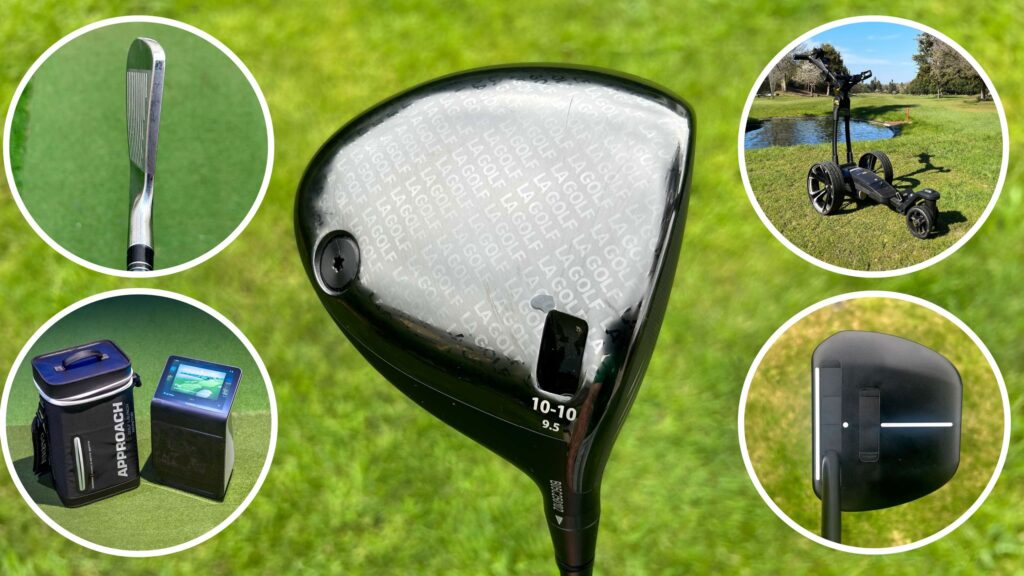At Golf Monthly, we test an extraordinary amount of golf equipment in order to make the best purchasing recommendations to you, the reader, and there is a definite scale to the innovation of these products.
Some offer only a minor refinement to models that have performed well in the past, but sometimes we are stopped in our tracks by something a little more radical that genuinely moves the needle in its category, or invents a whole new category altogether!
You may like
1. All-in-one launch monitor and simulator

(Image credit: Howard Boylan)
It’s not often that genuinely game-changing products come along, but that was certainly the case when Garmin unveiled its Approach R50. This was the first all-in-one launch monitor and simulator – no need for external software or clumsy cables, everything you needed was there in one place.
Brought to life through the 10-inch full color touch screen, you can practice your swing indoors or outdoors on a range, assessing the 15 club and ball data points as you go. You can then put your swing to the test on the simulated courses.

(Image credit: Howard Boylan)
Not only does this product make your practice time more fun and useful, but the accuracy of the data ensures you’re getting the feedback you need. Tipping the scales at 4kg, it’s a sizeable unit, but the robust carry case with shoulder strap makes it portable. Overall, this is a seriously innovative, ground-breaking product that really stood out to us in 2025.
2. Portrait Electric Cart GPS Screens
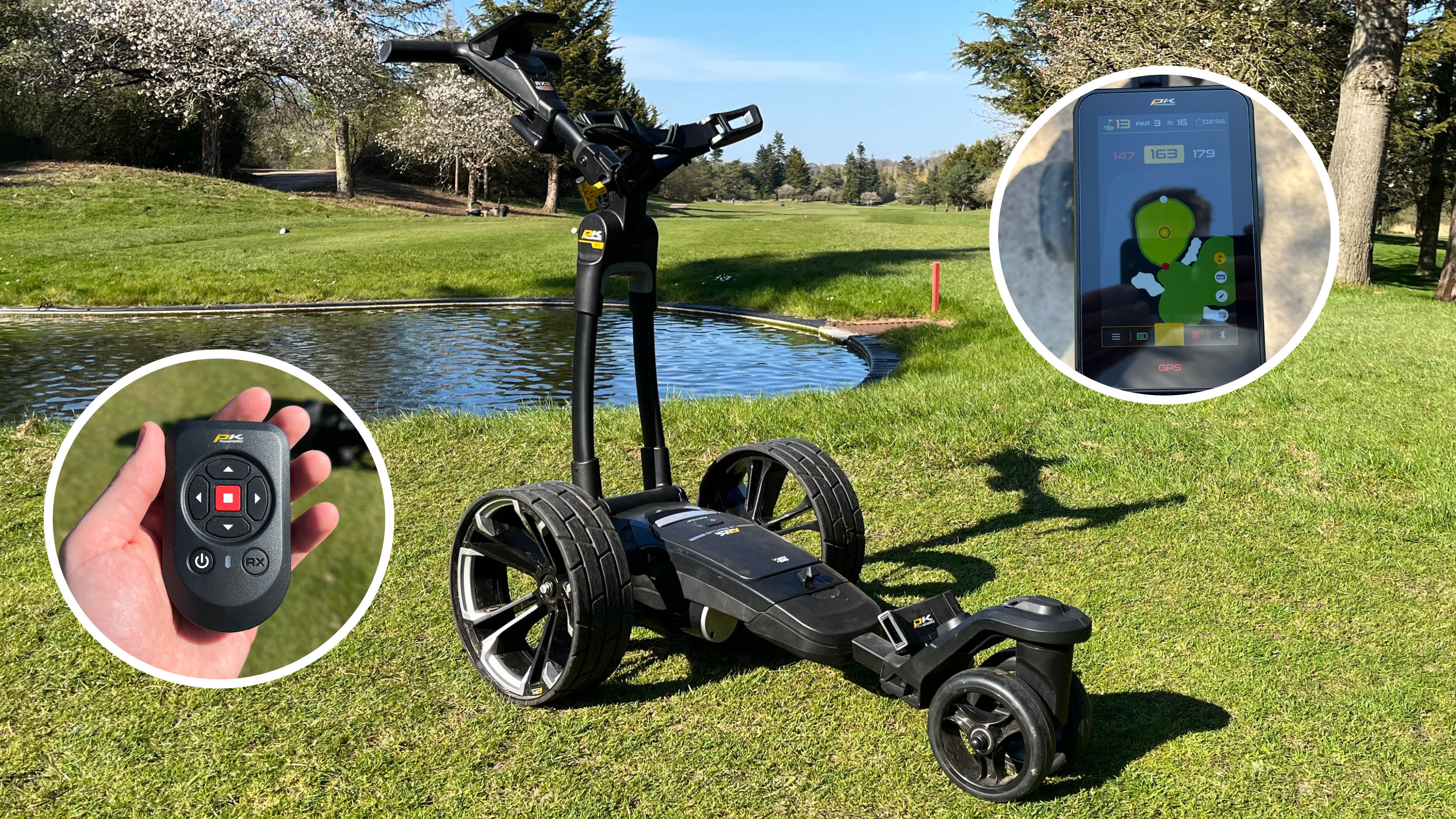
(Image credit: Future)
Prior to testing the PowaKaddy RX12 GPS, I’d only ever tested built-in GPS screens on trolleys that were oriented landscape. They were brilliant. I loved the convenience of having the GPS right by you and visible at all times, while the full hole mapping on most devices gave me all I needed to know.
I thought the innovation may have stopped here, until a straightforward yet effective change came into place on PowaKaddy’s GPS trolleys this year – a portrait screen. I know it doesn’t sound that groundbreaking on paper, but the larger, portrait screen improved the experience even more than I thought.
Image 1 of 3
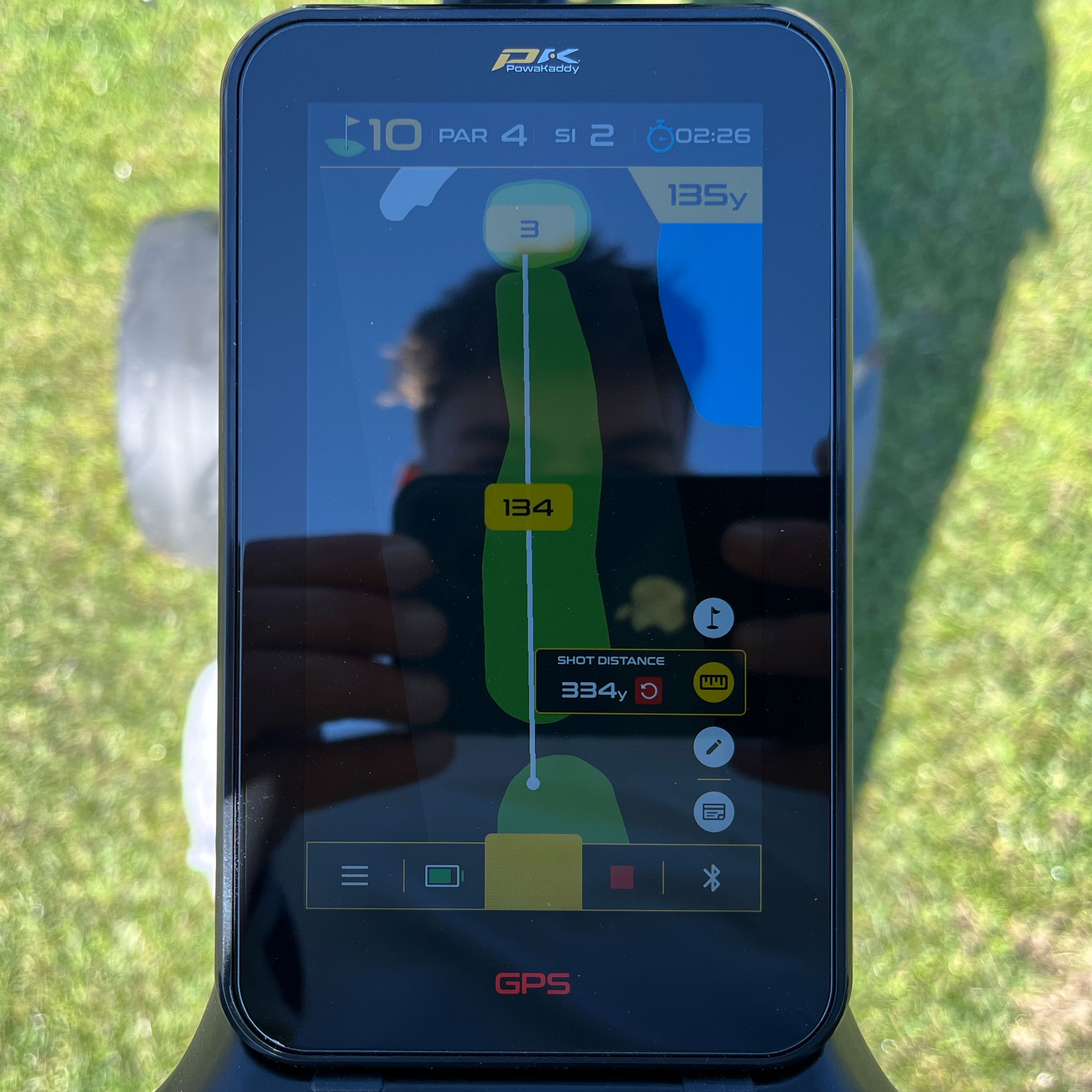 (Image credit: Future)
(Image credit: Future)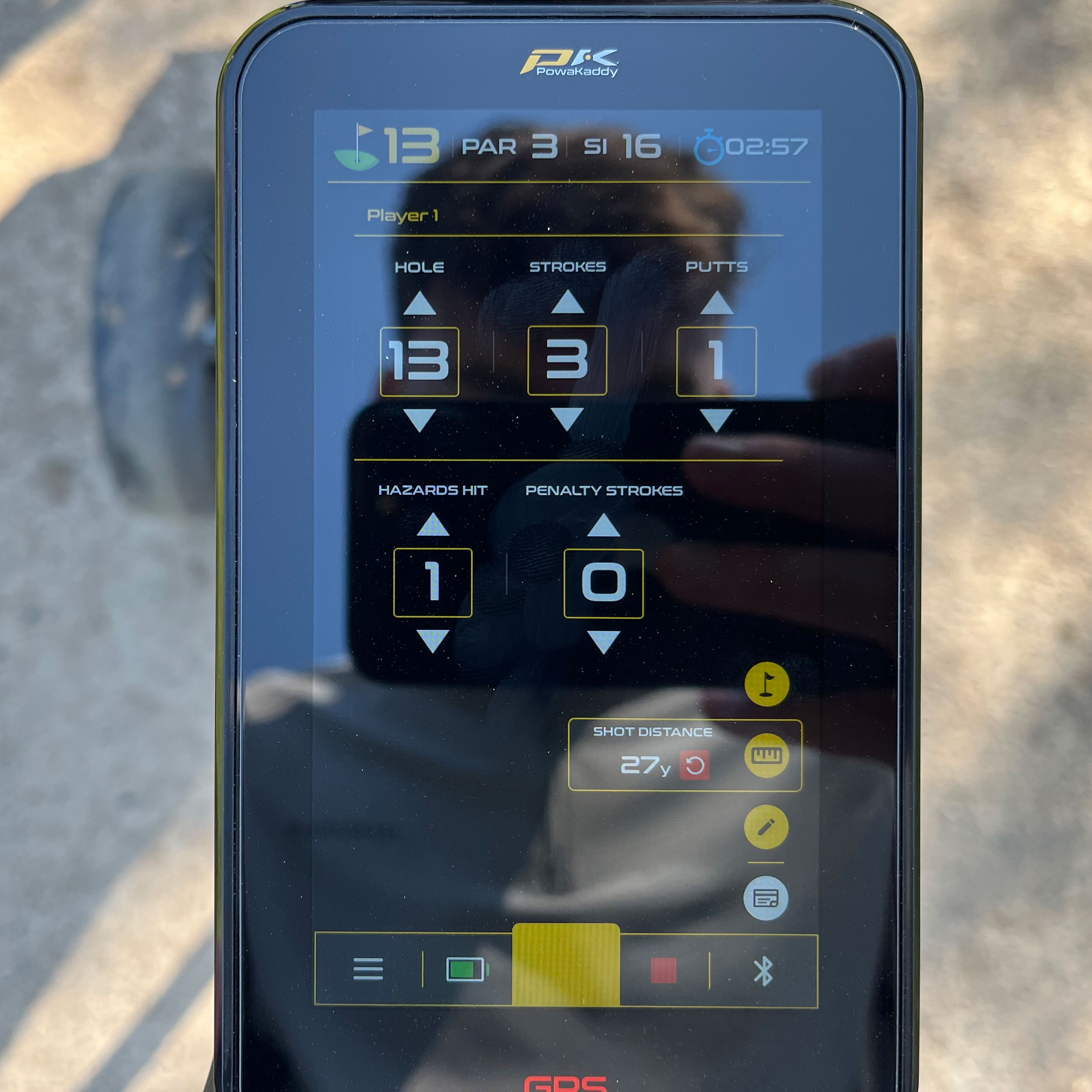 (Image credit: Future)
(Image credit: Future)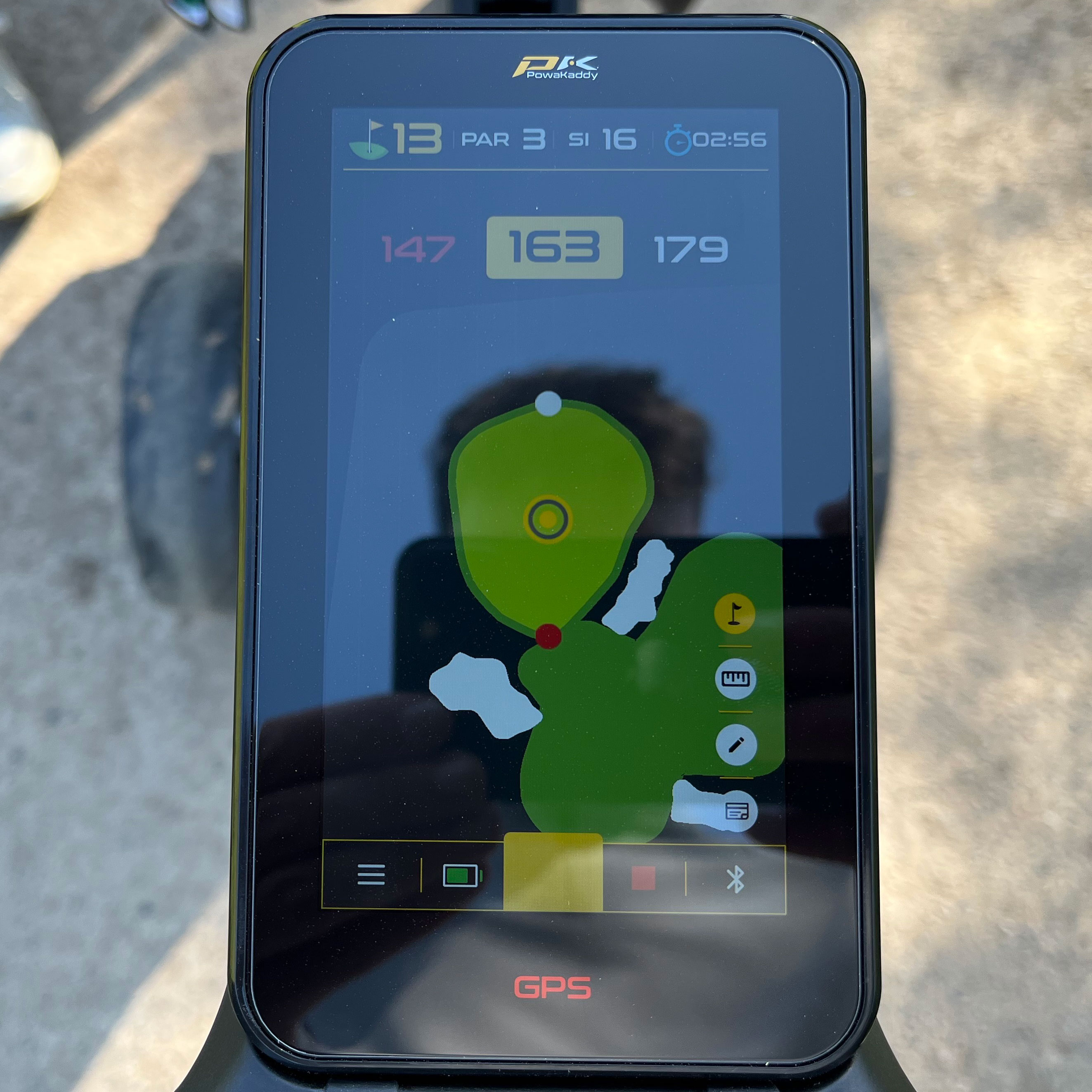 (Image credit: Future)
(Image credit: Future)
When you stop and think about it, it just makes perfect sense. Golf holes are played in a north-south orientation, not east-west. It allows for full hole mapping to be much more detailed and zoomed in, rather than having to cram a vertical hole onto a landscape screen. It allows for a much clearer picture of the hole ahead, while the detail PowaKaddy has been able to achieve by turning portrait adds a new layer of information as you plot your way down the hole.

(Image credit: Future)
If remote isn’t your thing, I’ve also tested a conventional electric trolley with a portrait GPS screen. The MGI Ai500 trolley (above) has also gone portrait, with a full GPS built into the handle. Taking the portrait orientation out of the conversation for a second, this is one of the best GPS screens I’ve ever tested on a trolley. Vibrant graphics and an ultra-responsive touchscreen, the portrait orientation is the cherry on top of the cake with this model. I’m going to guess that the whole golf trolley industry will soon follow PowaKaddy and MGI’s lead by turning the GPS screen portrait going forward.
3. Swing specific driver faces
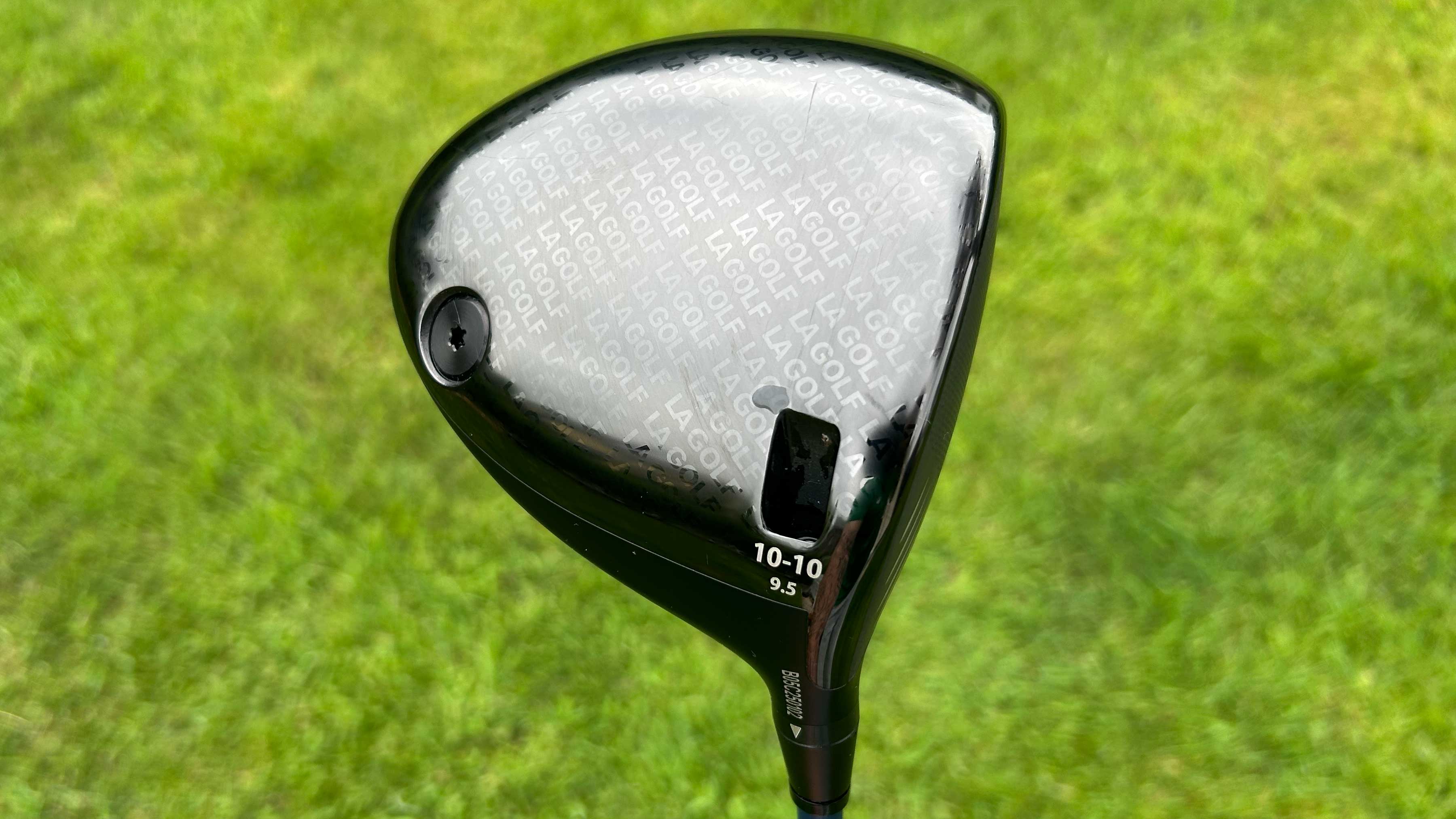
(Image credit: Future)
The LA Golf driver design story really struck a chord with me the second I heard it. This club represents a complete departure from traditional driver design, challenging the industry norm that one face curvature should fit all golfers. Brought to life through a completely bespoke approach, the core innovation lies in its ability to create different amounts of face curvature specifically engineered to suit different swing speeds.
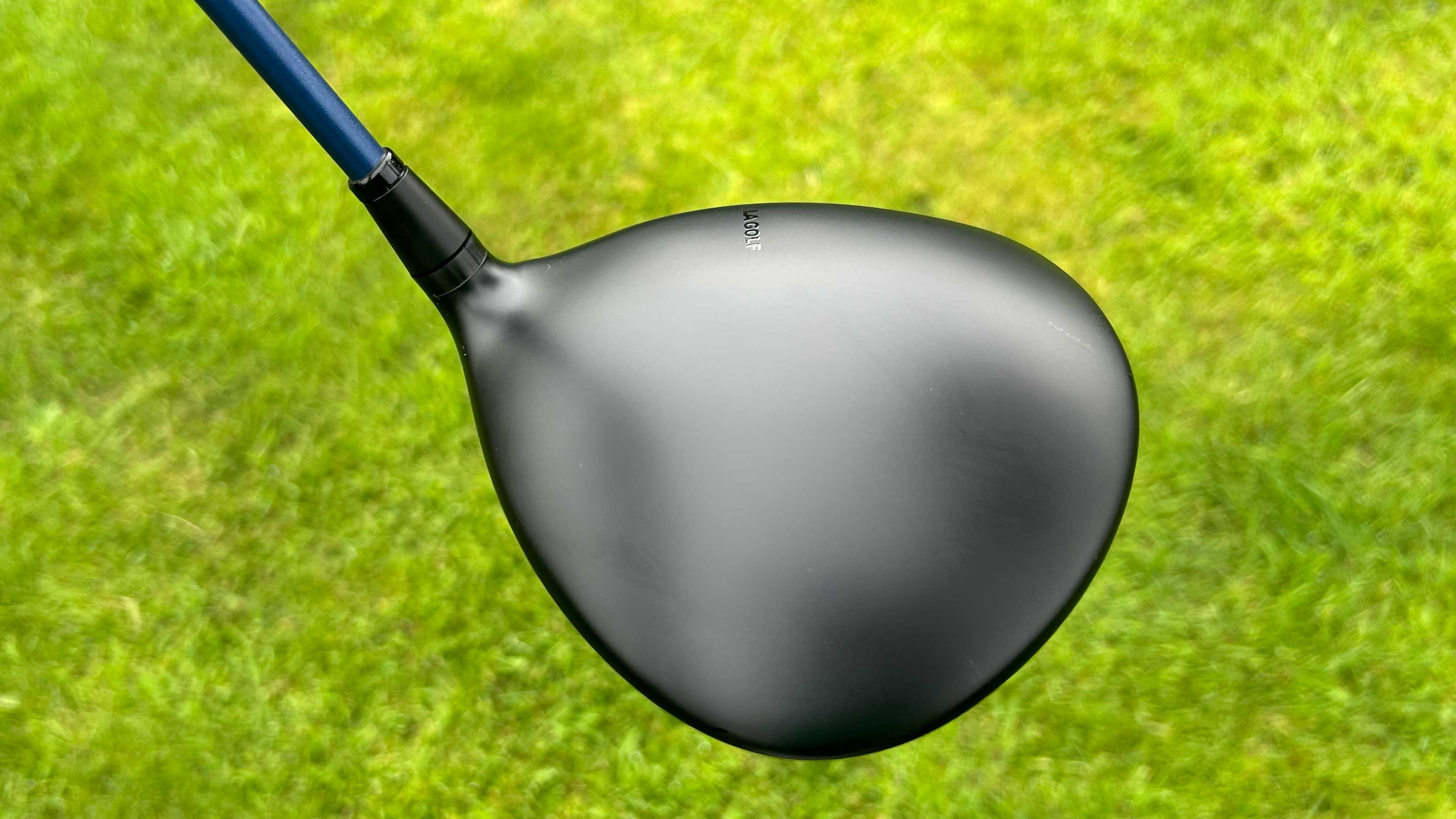
(Image credit: Future)
This is potentially game-changing because, traditionally, manufacturers rely on the “Bulge and Roll” theory as a standardized curvature designed to correct mishits and promote a consistent flight across all player speeds. LA Golf recognized that this one-size-fits-all approach is potentially inefficient. Instead, they focused on the player’s primary variable: speed.
For slower swing speed players, the face is designed with significantly less curvature that optimizes launch and reduces gear effect side spin. For the high-speed player, the curvature is progressively increased to better manage that immense velocity and optimize the performance from various impact locations in an attempt to manage ball flight and dispersion.
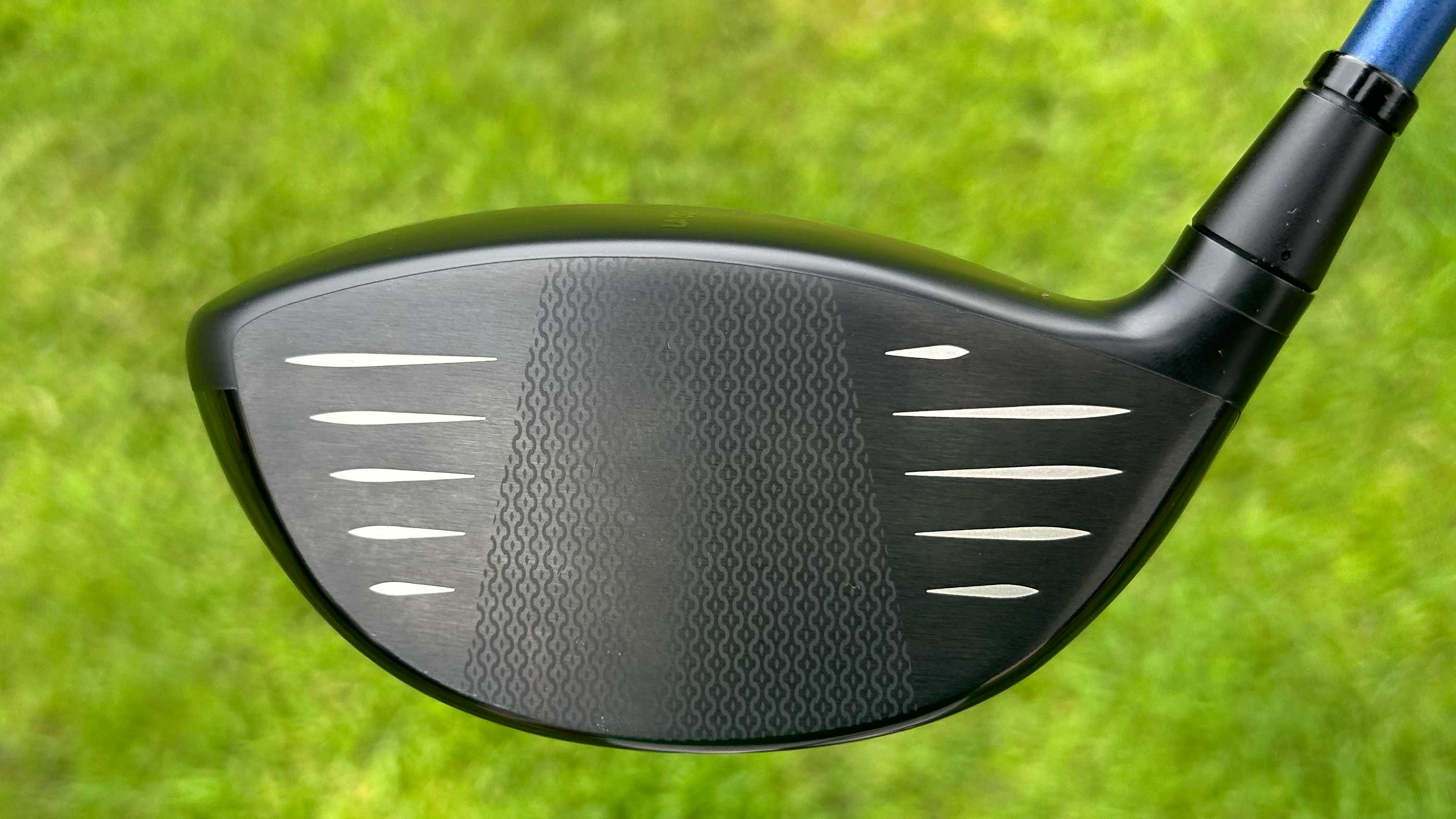
(Image credit: Future)
Essentially, the face acts as a precision instrument, designed to deliver optimal performance tailored precisely to how fast you swing. While there were a few things I would tweak on the LA Golf driver, overall, this is a seriously impressive product that challenges conventional wisdom.
4. Modular putters

(Image credit: Future)
As a gear tester, it can sometimes get a little tiresome seeing slightly tweaked and refined versions of essentially the same product – but then Sausage Golf unveiled the Boudin Noir putter. This club is a revolutionary take on the most personal club in the bag, challenging the industry norm that you must commit to a single feel and torque profile. The core innovation lies in its modular design, which allows players to instantly adapt the putter to their stroke.
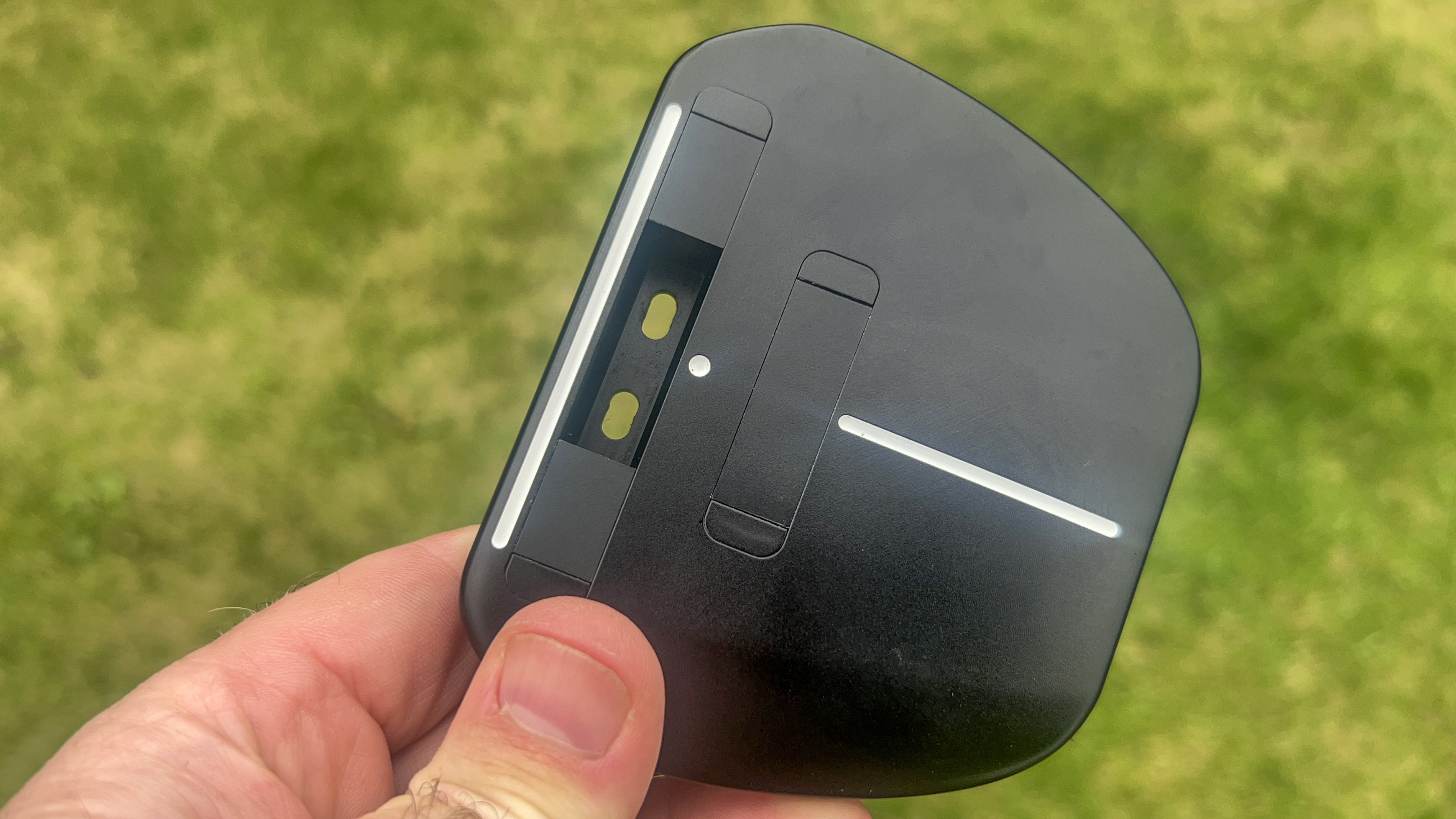
(Image credit: Future)
Brought to life through precision engineering (drawing inspiration from yacht design), the putter features interchangeable shaft modules that allow the golfer to quickly swap between toe-hang, face-balanced, and low-torque setups. This means you have three distinct, high-quality putters housed within one sleek, 365g aerospace-grade aluminum head.
This flexibility addresses the fundamental problem that a player’s stroke often changes subtly over time or demands a different torque profile depending on the course or even the green speed.
Image 1 of 3
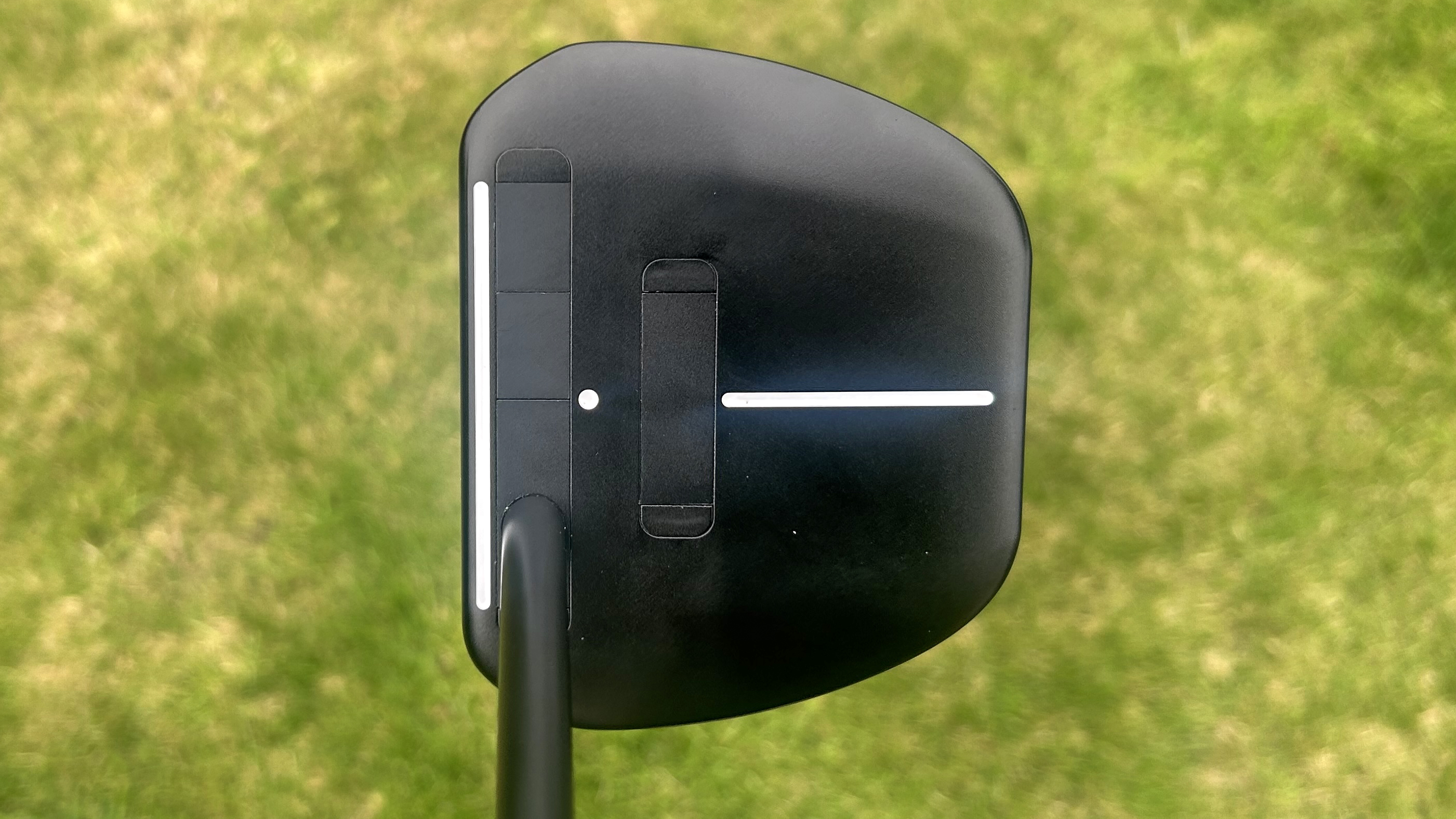 (Image credit: Future)
(Image credit: Future)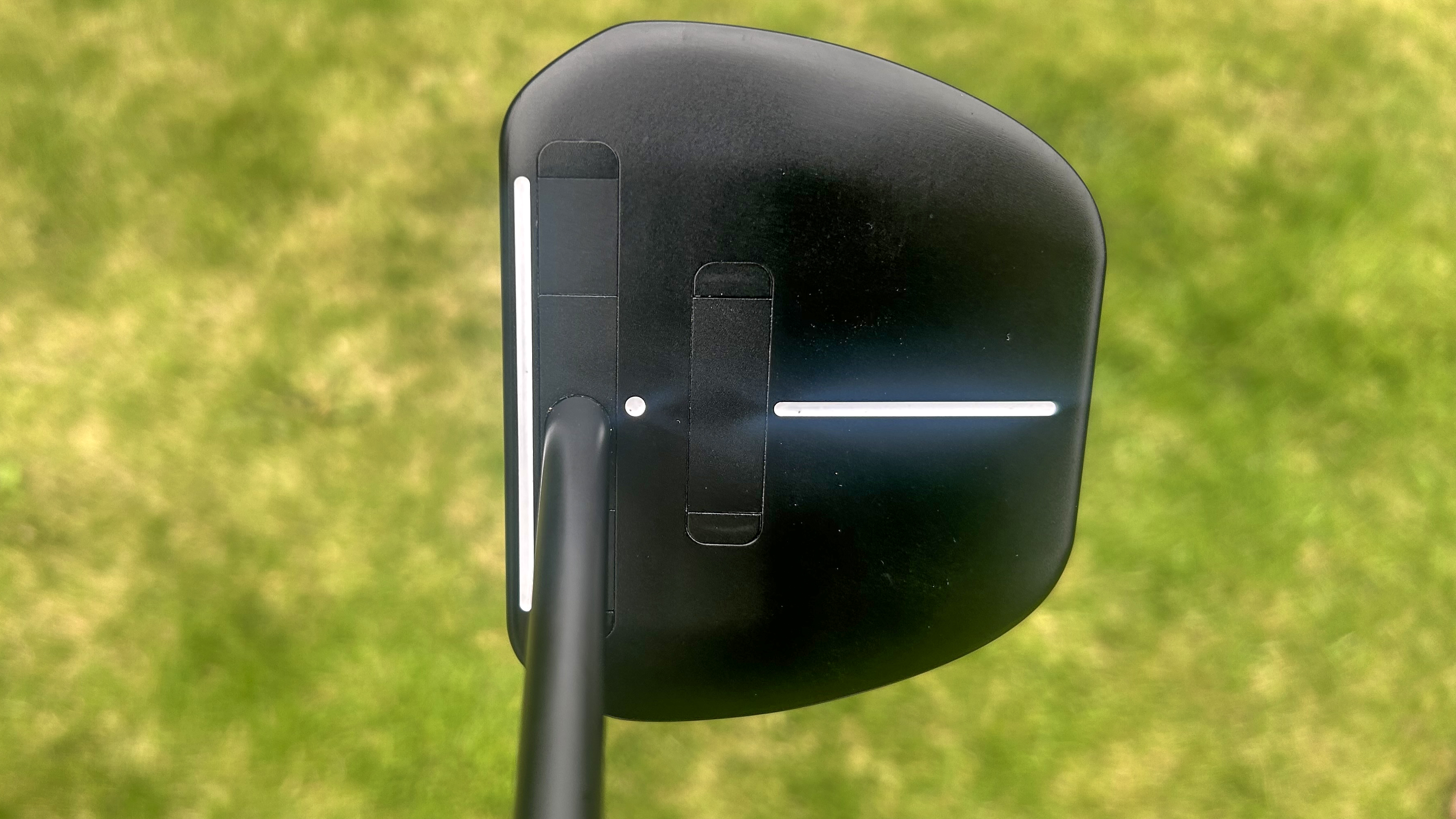 (Image credit: Future)
(Image credit: Future) (Image credit: Future)
(Image credit: Future)
This modularity story is incredibly innovative and has the potential to massively influence future putter design. Instead of spending money on multiple different putters, the Boudin Noir offers adaptability while maintaining all other variables like grip, length, and weight. The simple yet effective white alignment cues and premium matte-black finish are superb. I firmly believe this putter has the potential to seriously influence industry thinking moving forward.
5. Curved Face Irons
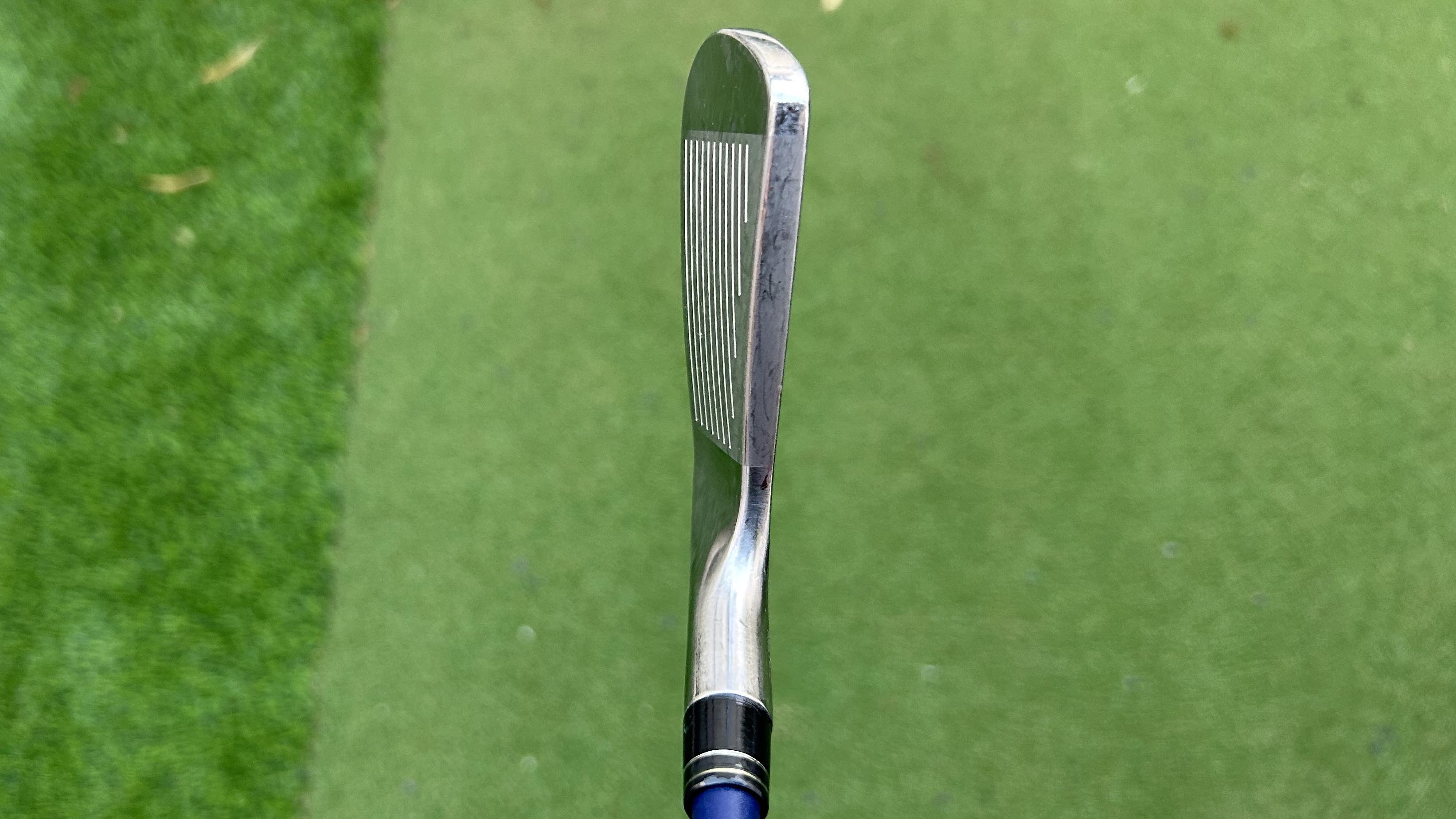
(Image credit: Future)
The Avoda Golf Origin curved-faced irons are a product that fundamentally challenges a long-standing principle of club design by integrating a feature typically reserved for the woods into the irons. The core innovation lies in the introduction of a curved clubface to the iron sphere.
This is a potentially game-changing move because it is the first time, to my knowledge, that any manufacturer has considered bringing the benefit of gear effect into the iron market as well as hybrids, fairways, and drivers.
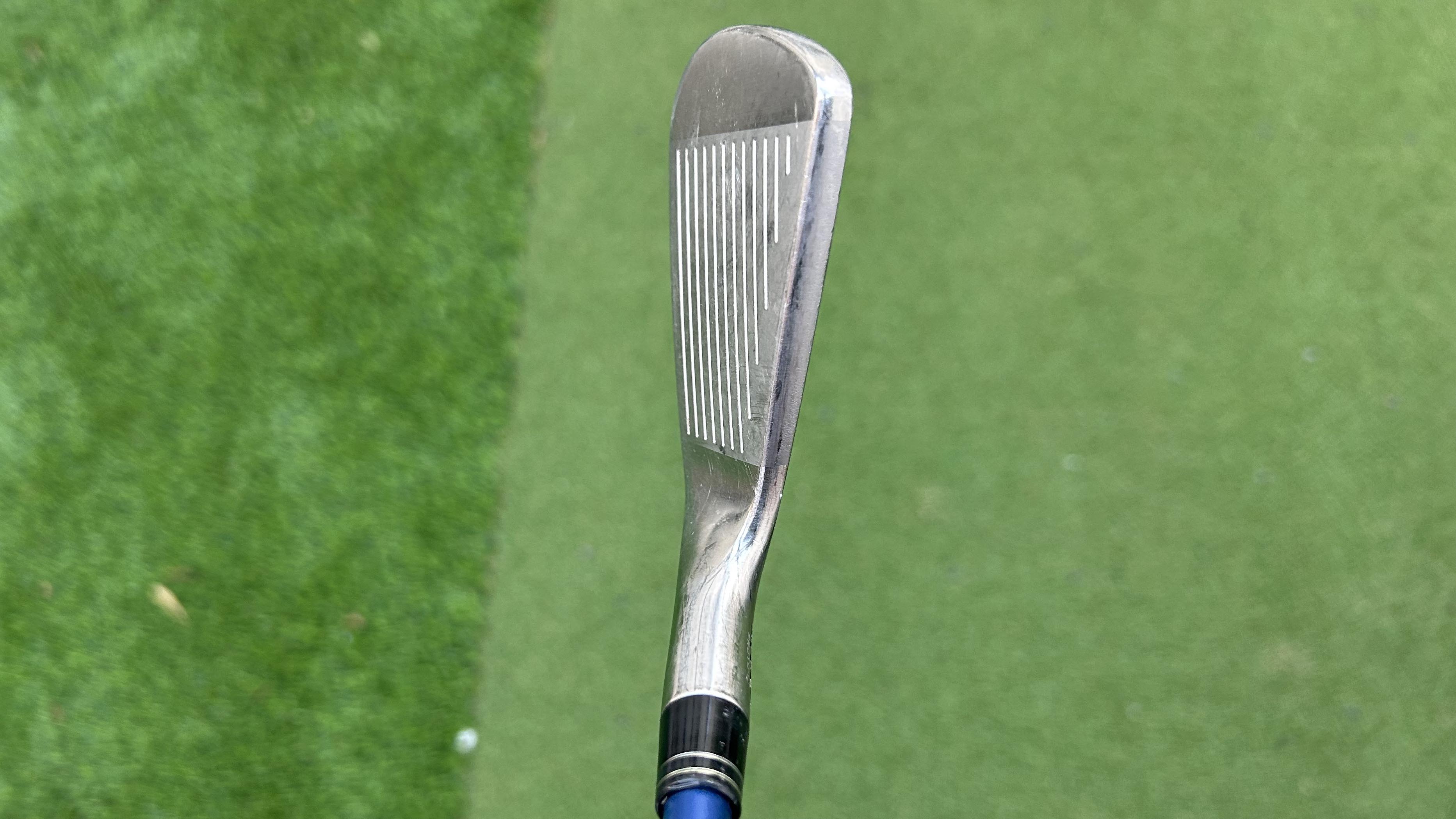
(Image credit: Future)
For decades, the convex curve on a driver head has been used to stabilize ball flight: a heel miss causes the face to close, bringing the ball back towards the center, and vice versa for a toe miss. By applying this slight horizontal curvature to the iron face, Avoda aims to harness the gear effect to your advantage and keep off-center shots closer to the target line.
My testing experience with this technology is already unique. I have only tested Bryson DeChambeau’s actual backup set as yet, but I have a sample of the retail version en route to my house as I write this. While my time with the Bryson validated model was brief, the results speak for themselves: I have a 100% strike rate with the technology, having played one PGA event with them and one, so I am very much looking forward to further testing with the retail version.
Image 1 of 2
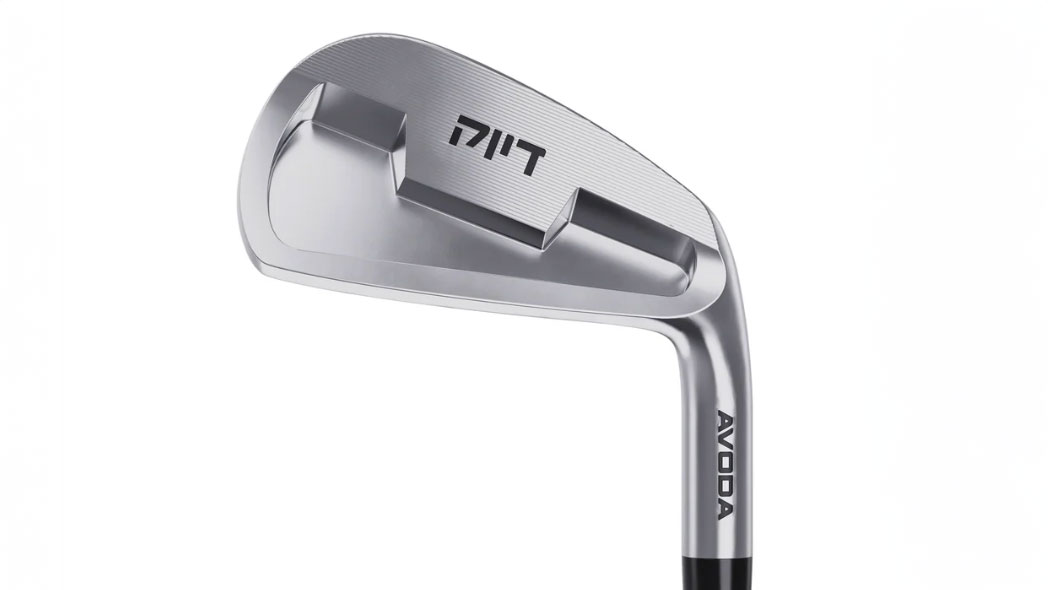 (Image credit: Avoda Golf)
(Image credit: Avoda Golf)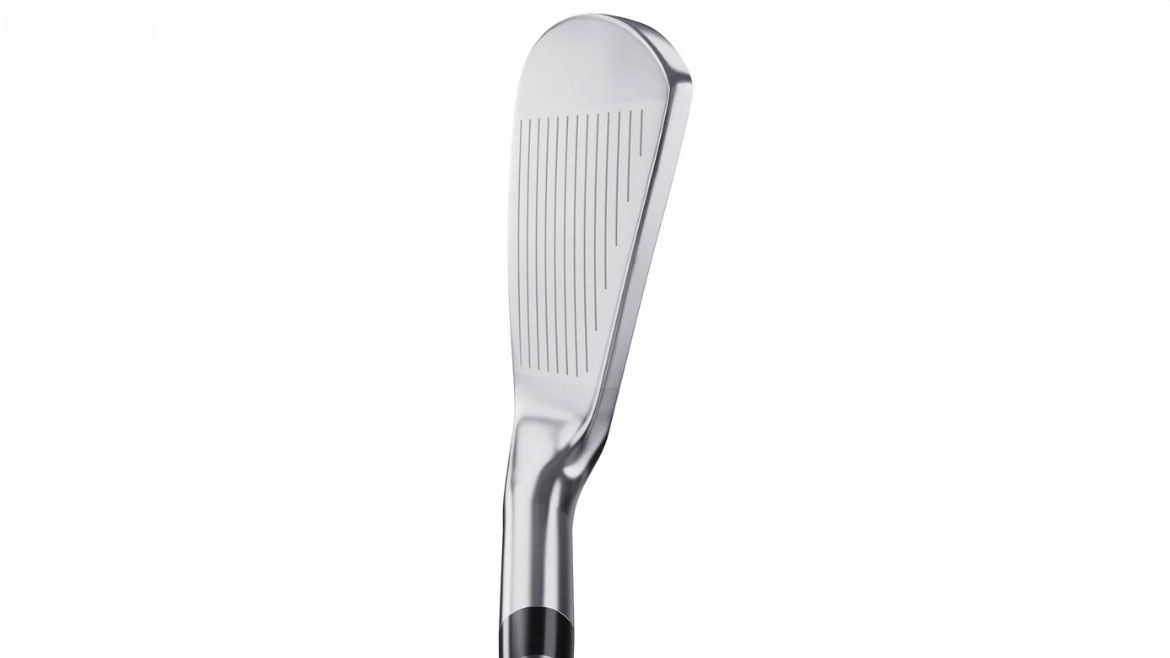 (Image credit: Avoda Golf)
(Image credit: Avoda Golf)
The implementation of this technology, especially for a player struggling with directional inconsistency, is highly innovative. It means the club is actively working to mitigate side spin and bring mis-hits back toward the centerline. Overall, this is a seriously innovative, ground-breaking concept that directly addresses the forgiveness needs of golfers, promising a whole new level of stability and control in the iron game.
So there you have it, the five best golf innovations of 2025. Have we missed anything? Let us know down in the comments!

